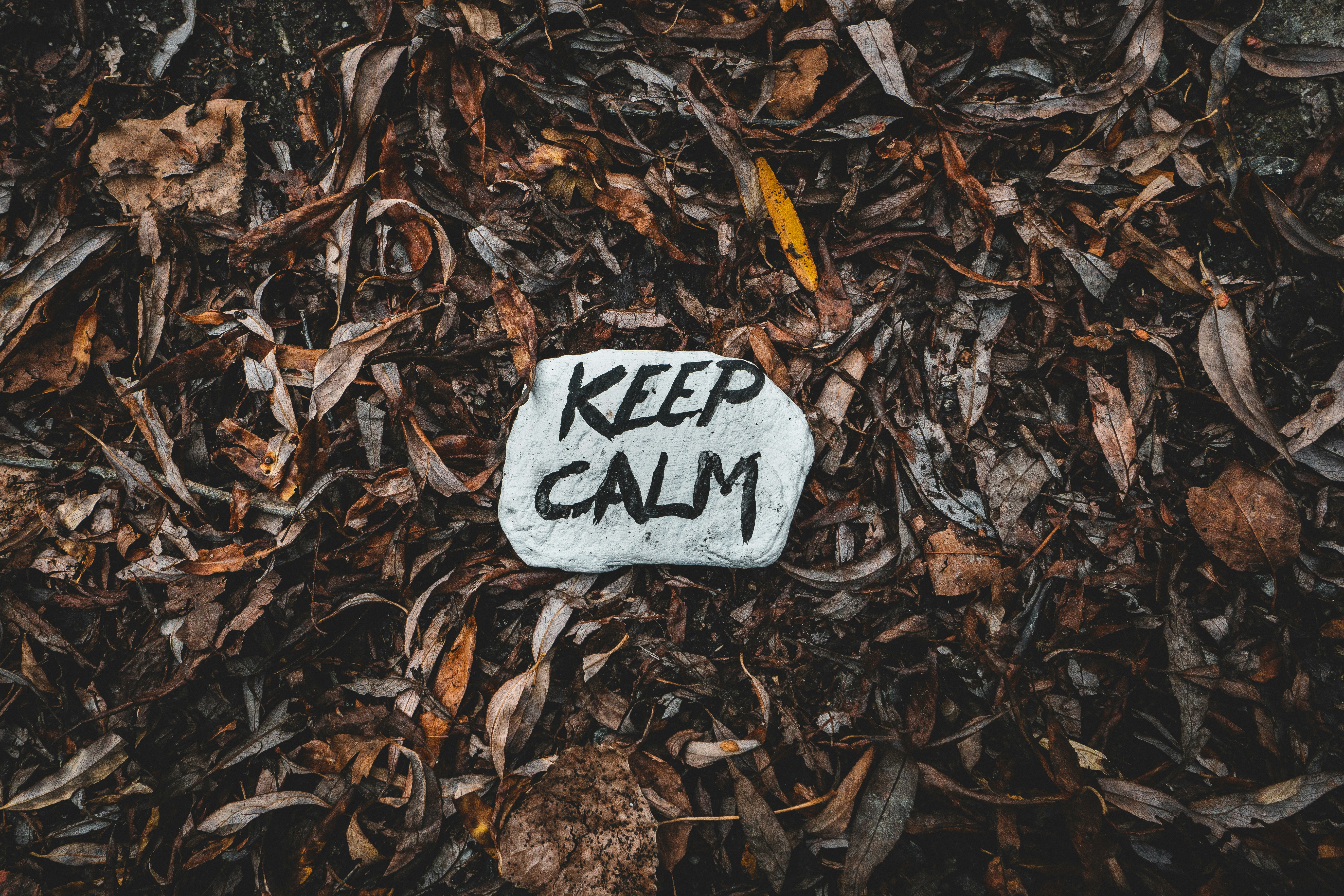Simple Techniques to Manage Everyday Anxiety
Anxiety is something many people experience in their daily lives, whether it’s caused by work pressure, personal challenges, or just the stress of juggling multiple responsibilities. While occasional anxiety is a normal response to stress, when it becomes persistent, it can interfere with daily functioning and overall well-being. Fortunately, there are simple and effective techniques to help manage anxiety on a daily basis without needing medication. In this article, we’ll explore practical methods that can help you regain control and reduce the impact of anxiety.
1. Practice Deep Breathing
One of the quickest ways to calm anxiety is through deep breathing. When you’re anxious, your body enters a “fight or flight” state, which accelerates your heart rate and shortens your breath. Deep breathing helps activate your parasympathetic nervous system, which calms you down.
How to Practice Deep Breathing:
-
Sit or lie down in a comfortable position.
-
Inhale deeply through your nose for a count of four.
-
Hold your breath for a count of four.
-
Exhale slowly through your mouth for a count of six.
-
Repeat for 3-5 minutes.
This simple breathing technique helps regulate your emotions and brings you back to the present moment, allowing you to feel calmer and more grounded.
2. Use Grounding Techniques
When anxiety feels overwhelming, grounding techniques can help you reconnect with the present moment. This can be especially useful when you’re feeling disconnected or lost in anxious thoughts. One effective grounding exercise is the 5-4-3-2-1 method.
How to Do the 5-4-3-2-1 Grounding Exercise:
-
Look around and identify five things you can see.
-
Listen carefully and identify four sounds you can hear.
-
Touch something and notice three textures or objects you can feel.
-
Smell something and identify two scents.
-
Taste something or become aware of the taste in your mouth.
By focusing your senses on your surroundings, you shift your attention away from anxiety and back to the present moment.
3. Establish a Routine
Uncertainty and disorganization can trigger anxiety. Establishing a daily routine can provide a sense of structure and control, helping to reduce feelings of chaos. When you know what to expect from your day, it can lessen the impact of anxiety-inducing situations.
How to Create a Calming Routine:
-
Start your day at the same time each morning.
-
Incorporate small, relaxing activities into your day, like stretching or reading.
-
Plan your tasks ahead of time, but also allow flexibility for unplanned moments.
-
Dedicate time for self-care, such as taking breaks or practicing mindfulness.
Having a predictable routine can bring stability and ease the mind, making it easier to manage everyday stress.
4. Move Your Body
Physical activity is a powerful tool for managing anxiety. Exercise releases endorphins, the body’s natural mood boosters, which help improve your mood and reduce stress levels. Even light movement, such as walking or stretching, can help alleviate tension and anxiety.
How to Get Started with Exercise:
-
Take a 20-30 minute walk outside to get fresh air and reset.
-
Try yoga or Pilates to stretch and release physical tension.
-
Consider taking up a sport or activity you enjoy, such as dancing, swimming, or biking.
Exercise doesn’t have to be intense to be effective. The key is to find a movement that helps you relax and clear your mind.
5. Limit Caffeine and Sugar
While it may be tempting to reach for a cup of coffee or an energy drink when feeling anxious, caffeine and sugar can actually worsen anxiety in some people. These substances can lead to spikes in energy, followed by crashes that leave you feeling more jittery and stressed.
How to Reduce Caffeine and Sugar:
-
Swap coffee for herbal teas like chamomile or peppermint, which have calming effects.
-
Eat balanced meals with plenty of whole foods, such as fruits, vegetables, and whole grains, to stabilize your blood sugar levels.
-
Avoid sugary snacks and drinks, opting for natural sweeteners or snacks that include protein and fiber for sustained energy.
Reducing caffeine and sugar can help keep your body’s systems in balance, leading to more stable moods and less anxiety.
6. Mindfulness Meditation
Mindfulness meditation helps you focus on the present and observe your thoughts without judgment. This practice allows you to become aware of your anxiety without being overwhelmed by it. By staying mindful, you can create space between your thoughts and reactions, making it easier to manage anxiety when it arises.
How to Practice Mindfulness:
-
Find a quiet space and sit comfortably.
-
Focus on your breath, paying attention to the sensation of air entering and leaving your body.
-
When your mind wanders (which it will), gently guide your focus back to your breath without criticism.
-
Start with just 5-10 minutes a day and gradually increase the duration.
With consistent practice, mindfulness meditation can help you gain greater control over your thoughts and emotions, reducing the frequency and intensity of anxiety.
7. Take Breaks from Technology
Constant exposure to screens, especially social media and news outlets, can increase feelings of anxiety and overwhelm. Taking regular breaks from technology allows you to disconnect and focus on more relaxing, real-life experiences.
How to Disconnect:
-
Set specific times during the day when you will avoid screens, such as during meals or before bedtime.
-
Spend time outdoors, go for a walk, or engage in a hobby that doesn’t involve technology.
-
Turn off notifications for non-essential apps to minimize distractions and stress.
Creating boundaries with technology can help you reclaim your mental space and reduce anxiety caused by information overload.
8. Engage in Relaxing Hobbies
Engaging in activities that you enjoy and that bring you peace is an excellent way to reduce anxiety. Whether it’s crafting, painting, gardening, or reading, these hobbies can serve as healthy distractions that allow you to unwind and relax.
How to Find a Relaxing Hobby:
-
Try out different hobbies until you find one that calms you down.
-
Consider creative activities like drawing or knitting, which can be meditative.
-
Engage in activities that connect you with nature, such as gardening or hiking.
Spending time on a hobby you love can be a great way to relax, refocus, and reduce anxiety throughout the day.
9. Reach Out for Support
Sometimes, anxiety can feel overwhelming, and it can help to talk to someone about it. Reaching out to a trusted friend, family member, or therapist can provide emotional support and perspective. Talking about your feelings often helps reduce the intensity of anxiety and fosters feelings of connection.
How to Seek Support:
-
Share your feelings with someone you trust.
-
Consider joining a support group where you can talk with others who understand your experiences.
-
If necessary, seek professional help from a therapist who specializes in anxiety management.
Support from others can provide comfort, encouragement, and practical tools to help you manage your anxiety.
Conclusion
Managing everyday anxiety doesn’t have to be complicated or require medication. By incorporating these simple techniques into your daily routine, you can take proactive steps to reduce anxiety and improve your overall mental well-being. From deep breathing and exercise to mindfulness and seeking support, there are numerous ways to find relief. Remember that everyone’s journey with anxiety is different, so it may take some time to figure out which strategies work best for you. The key is consistency and finding methods that fit your lifestyle. With practice, you can regain control and live with greater peace and confidence.

